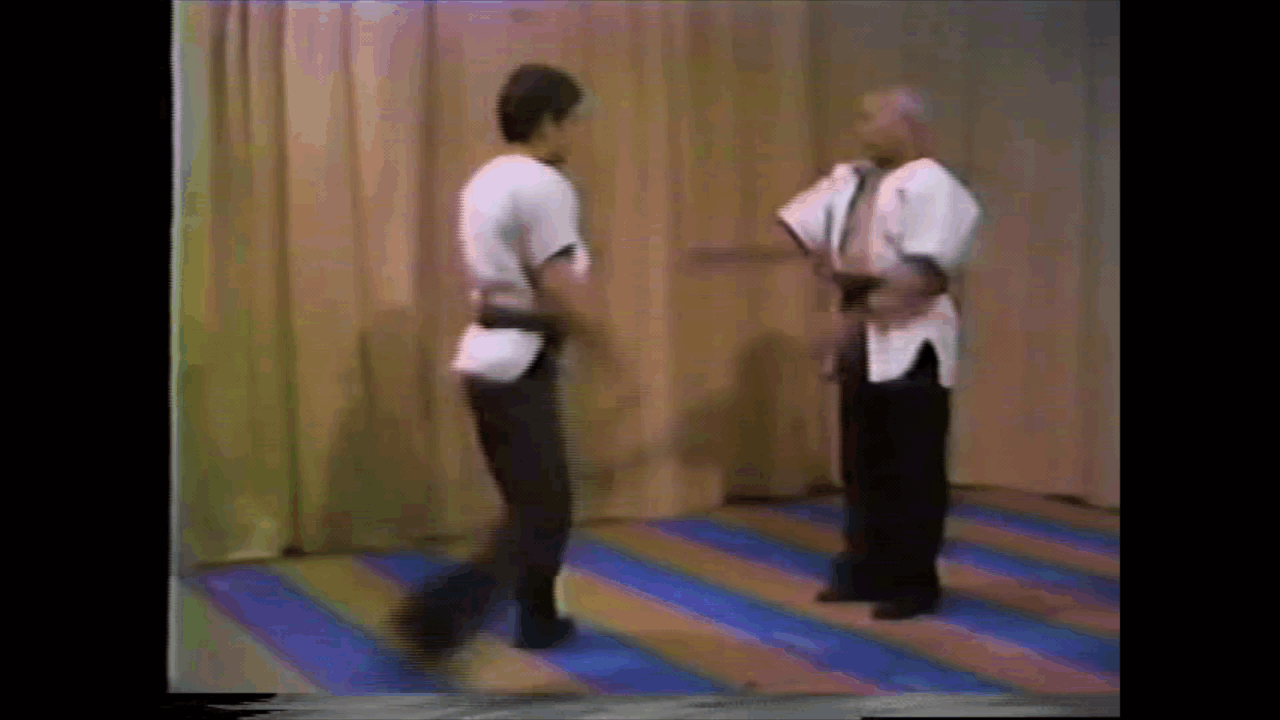windwalker099
Master Black Belt
Wang Zhuang (王壮) is recognized as the creator of the "Water Style" (水流派) in Chinese martial arts, a style that is characterized by its emphasis on fluidity, adaptability, and the use of internal energy or "qi" (气). This style draws inspiration from the natural movement of water, embodying principles of yielding, softness, and continuity, similar to how water flows and conforms to its environment while maintaining power and momentum.
An interesting method, wondering if there are. any practitioners of it here

